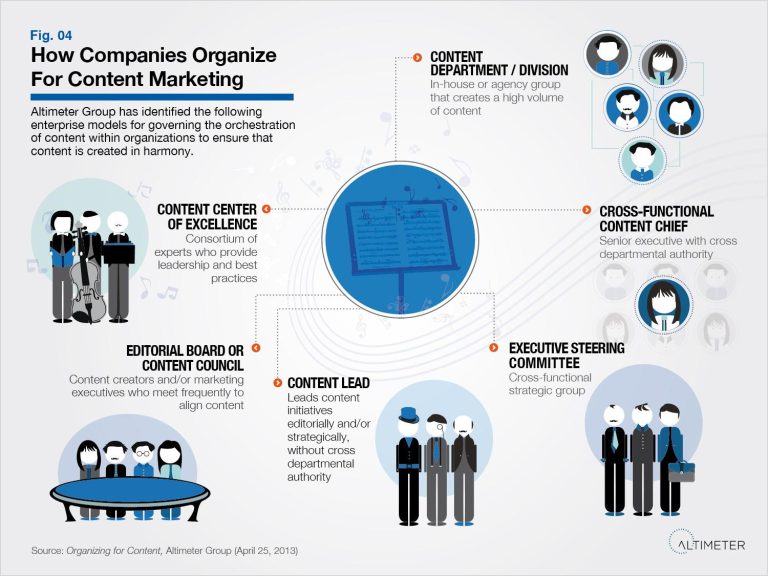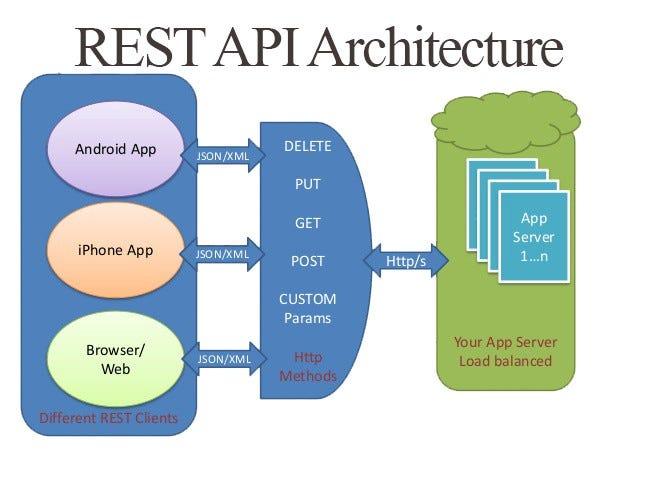
Strategic Talent Pool Development for Future Hiring Success
In today's competitive landscape, strategic talent pool development is crucial for future hiring success. Organizations must proactively identify and engage potential candidates, fostering relationships that ensure a pipeline of skilled talent ready to meet evolving business needs.












